Chondromalacia Patella
Chondromalacia patella is abnormal softening of the cartilage of the underside the kneecap (patella). It is a cause of pain in the front of the knee (anterior knee pain). Chondromalacia patella is one of the most common causes of chronic knee pain. Chondromalacia patella results from degeneration of cartilage due to poor alignment of the kneecap (patella) as it slides over the lower end of the thighbone (femur). This process is sometimes referred to as patellofemoral syndrome.
What Is Chondromalacia Patella (Patellofemoral Syndrome)?

X-ray of chondromalacia Patella.
Chondromalacia patella is weakening and softening of the cartilage on the underside of the kneecap (patella). It is felt that the degeneration of this particular cartilage occurs because of improper alignment of the kneecap in relation to the bone of the thigh, the femur. Knee pain from irritation of this degenerated cartilage during activities is often referred to as the patellofemoral syndrome.
Chondromalacia patella is one of the most common causes of knee pain, especially in women.
What Are the Symptoms and Signs of Chondromalacia Patella?
- Chondromalacia patella symptoms (patellofemoral syndrome) include a vague discomfort of the inner knee area, aggravated by activity (running, jumping, climbing, or descending stairs) or by prolonged sitting with the knees in a moderately bent position.
- Some people with chondromalacia patella may also have a vague sense of tightness or fullness in the knee area, particularly if the knee becomes swollen.
- Occasionally, if chronic symptoms are ignored, the associated loss of quadriceps (thigh) muscle strength and bulk may cause the leg to weaken.
What Causes Chondromalacia Patella?
Chondromalacia patella can occur for unknown reasons, but it usually is caused by improper tracking of the kneecap (patella) as it slides over the bone of the thigh (femur). This misalignment leads to degeneration of the cartilage underneath the kneecap and results in localized knee pain.
The patella (kneecap) is normally pulled over the end of the femur in a straight line by the quadriceps (thigh) muscle. Patients with chondromalacia patella frequently have abnormal patellar tracking toward the outer (lateral) side of the femur. This slightly off-kilter pathway allows the undersurface of the patella to grate along the femur, causing chronic inflammation and pain. Certain individuals are predisposed to develop chondromalacia patella: females, knock-kneed or flat-footed runners, or those with an unusually shaped patellar undersurface.
Anyone with persisting joint pain, especially knee pain, should seek advice from a health-care professional.
What Procedures and Tests Diagnose Chondromalacia Patella?
The evaluation of chondromalacia patella includes reviewing the history of precipitating, aggravating, and relieving positions or activities. The examination will include an evaluation of the hips, knees, ankles, as well as the thigh and leg musculature. Grating (crepitus) of the kneecap against the thigh bone (femur) during flexing and extending the knee can sometimes cause a pain response.
The diagnosis can be suggested by the history and physical examination. Often, empiric treatment is begun at this point.
Sometimes, further testing with X-rays and MRI (magnetic resonance imaging) is done to be certain other knee problems are not present within the knee joint or in adjacent tissues.
What Are the Treatments for Chondromalacia Patella?
Initially, managing pain and inflammation involves
- avoiding motions or activities that irritate cartilage under the kneecap
- ice packs, and
- anti-inflammatory medications (for examples, ibuprofen [Advil/Motrin] or naproxen [Aleve]) can also be helpful in reducing pain and inflammation.
The primary goal for treatment and rehabilitation of chondromalacia patella is to create a straighter pathway for the patella to follow during quadriceps contraction.
- Selective strengthening of the inner portion of the quadriceps muscle will help normalize the tracking of the patella.
- Cardiovascular conditioning can be maintained by stationary bicycling (low resistance but high rpm), pool running, or swimming (flutter kick).
- Reviewing any changes in training prior to developing chondromalacia patella pain, as well as examining running shoes for proper biomechanical fit, are critical to avoid repeating the painful cycle. Generally, full-squat exercises with weights are avoided.
- Occasionally, bracing with patellar centering devices is required. Physical therapy can be helpful to begin the strengthening program and to organize optimal exercise routines.
- Stretching and strengthening the quadriceps and hamstring muscle groups is critical for an effective and lasting rehabilitation of chondromalacia patella. “Quad sets” are the foundation of such a program. Quad sets are done by contraction the thigh muscles while the legs are straight and holding the contraction for a count of 10. Sets of 10 contractions are done between 15-20 times per day.
If physical therapy is recommended, regular visits are mandatory for optimal results. The health-care professional may wish to monitor your progress over the months of treatment in order to be certain that the goal of pain-free activities is achieved.
Anyone with persisting joint pain, especially knee pain, should seek advice from a health-care professional.
Are Exercises Helpful in Treating Chondromalacia Patella?
Ultimately, home exercise programs are best for lifelong knee stability and to minimize pain and risk of developing arthritis later in life. Avoiding activities that bring on knee pain are essential. Gradually incorporating a regular chondromalacia patella exercise routine will expedite rehabilitation. This will usually involve some form of quadriceps muscle strengthening.
Can Chondromalacia Patella Be Permanent or Cured?
- The outlook for recovery from chondromalacia patella is excellent.
- Full recovery is expected, even though it can take months to years to resolve.
- This is particularly the case when chondromalacia patella occurs in teenage girls, whose bodies are undergoing substantial physical changes.
Fortunately, their symptoms tend to completely resolve in adulthood.


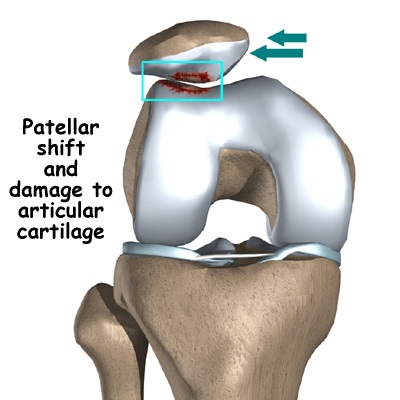

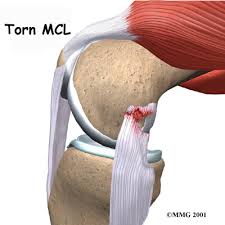
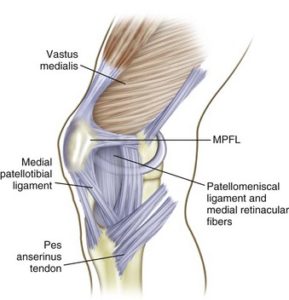
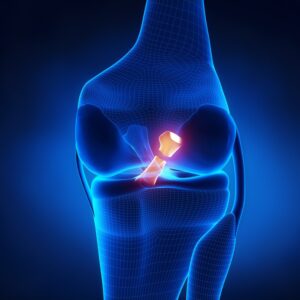
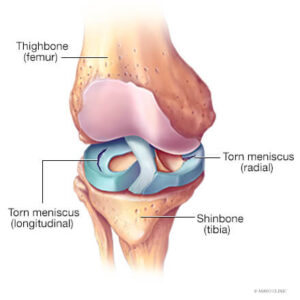
There are no reviews yet.